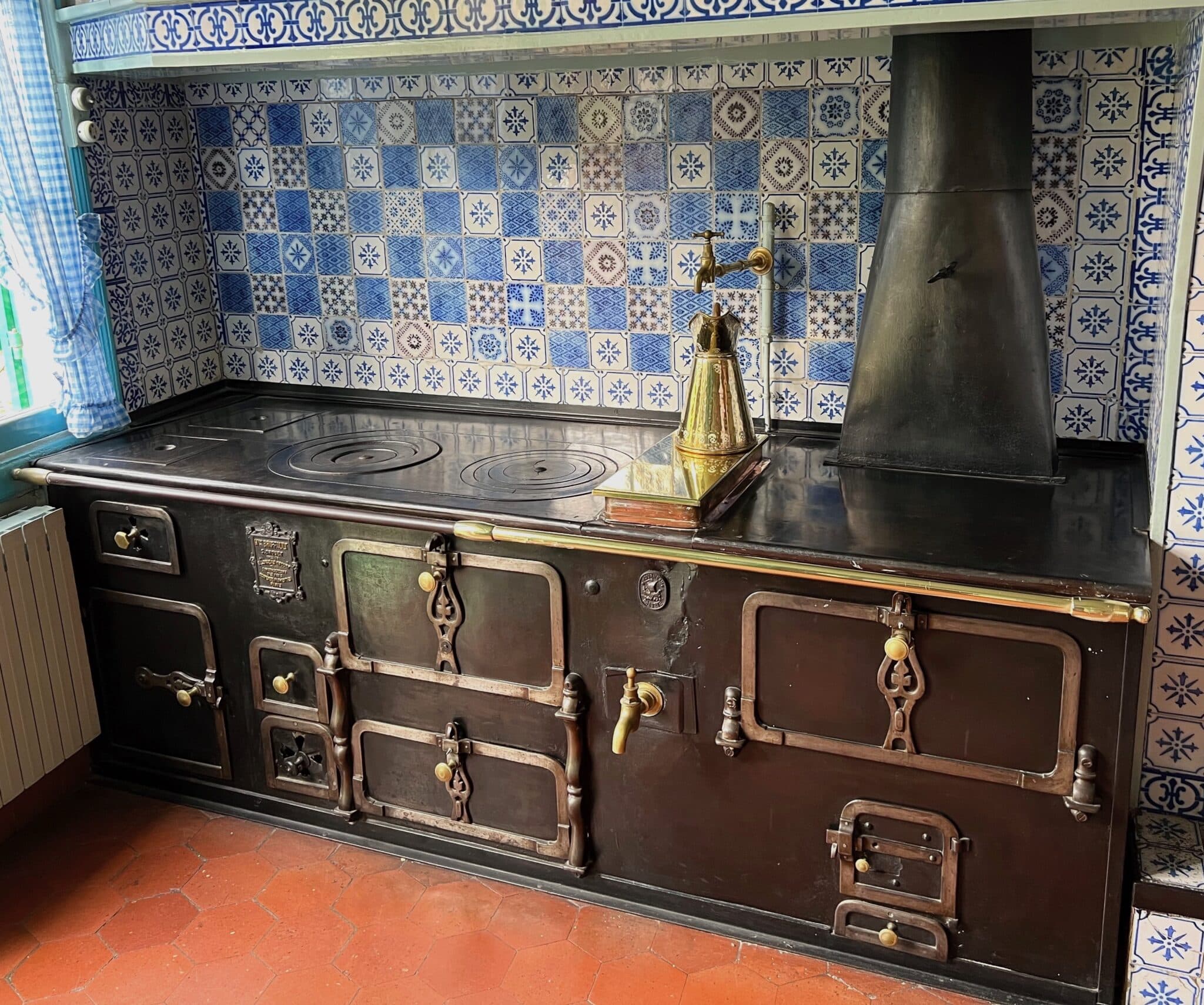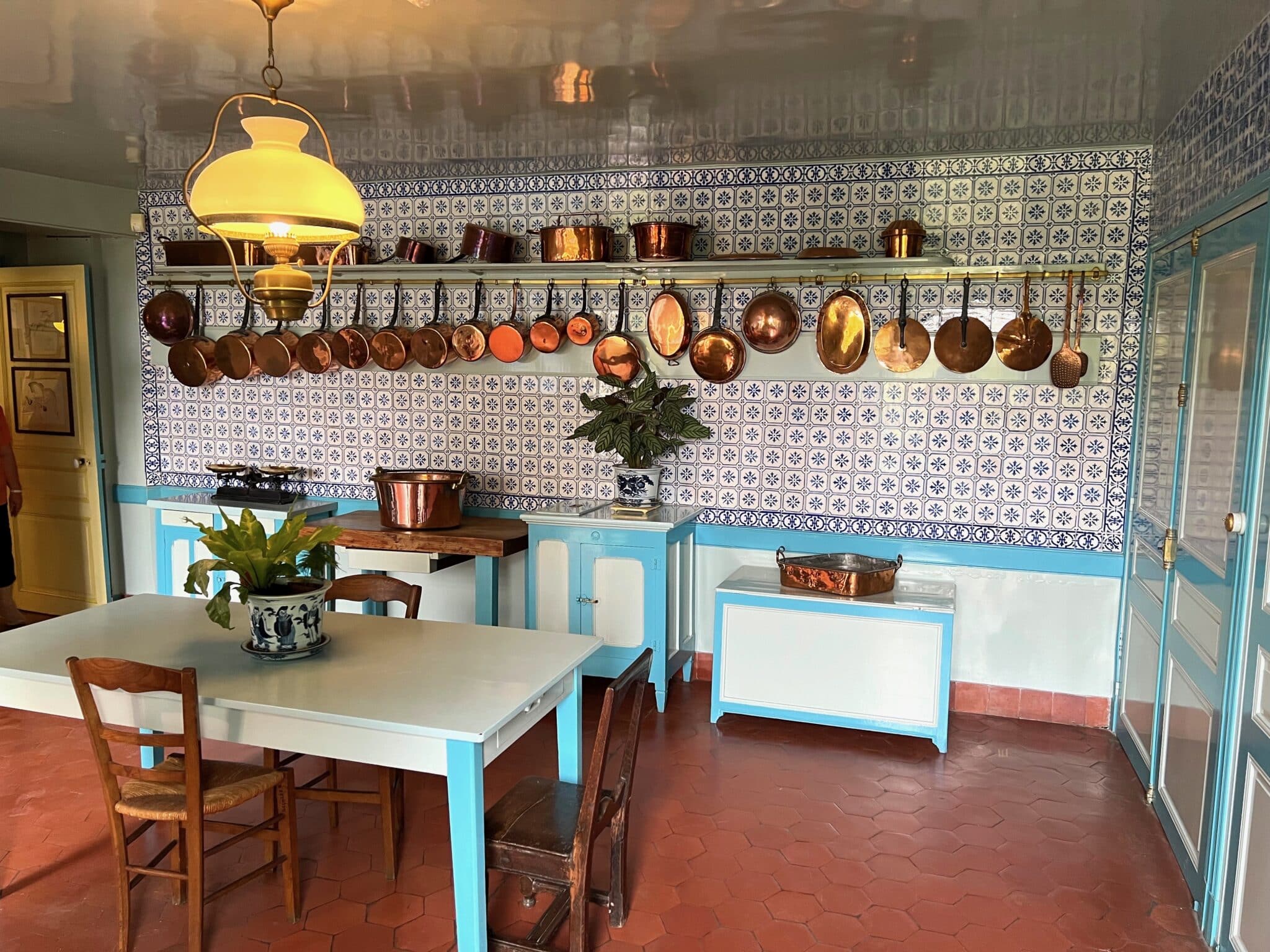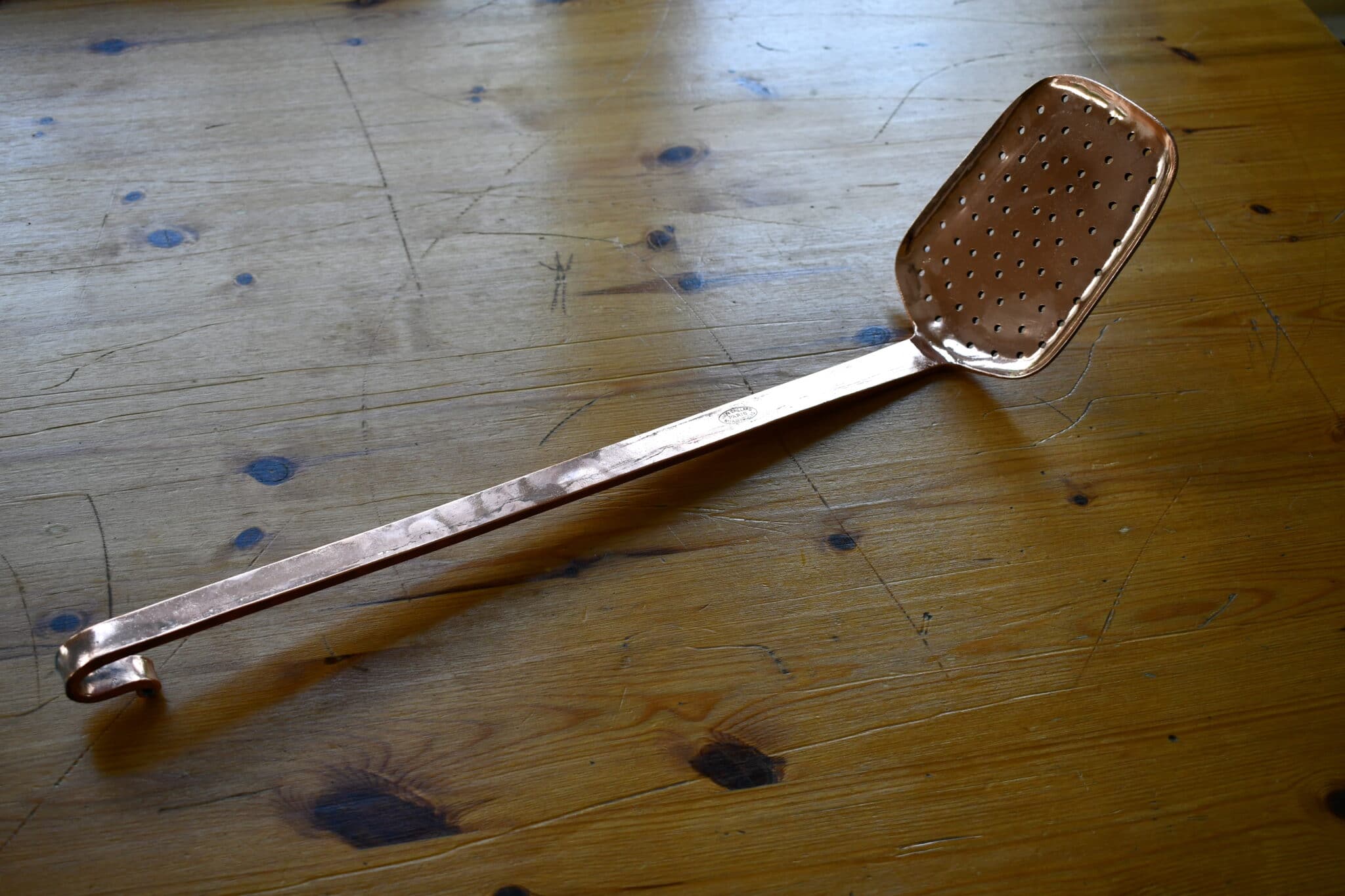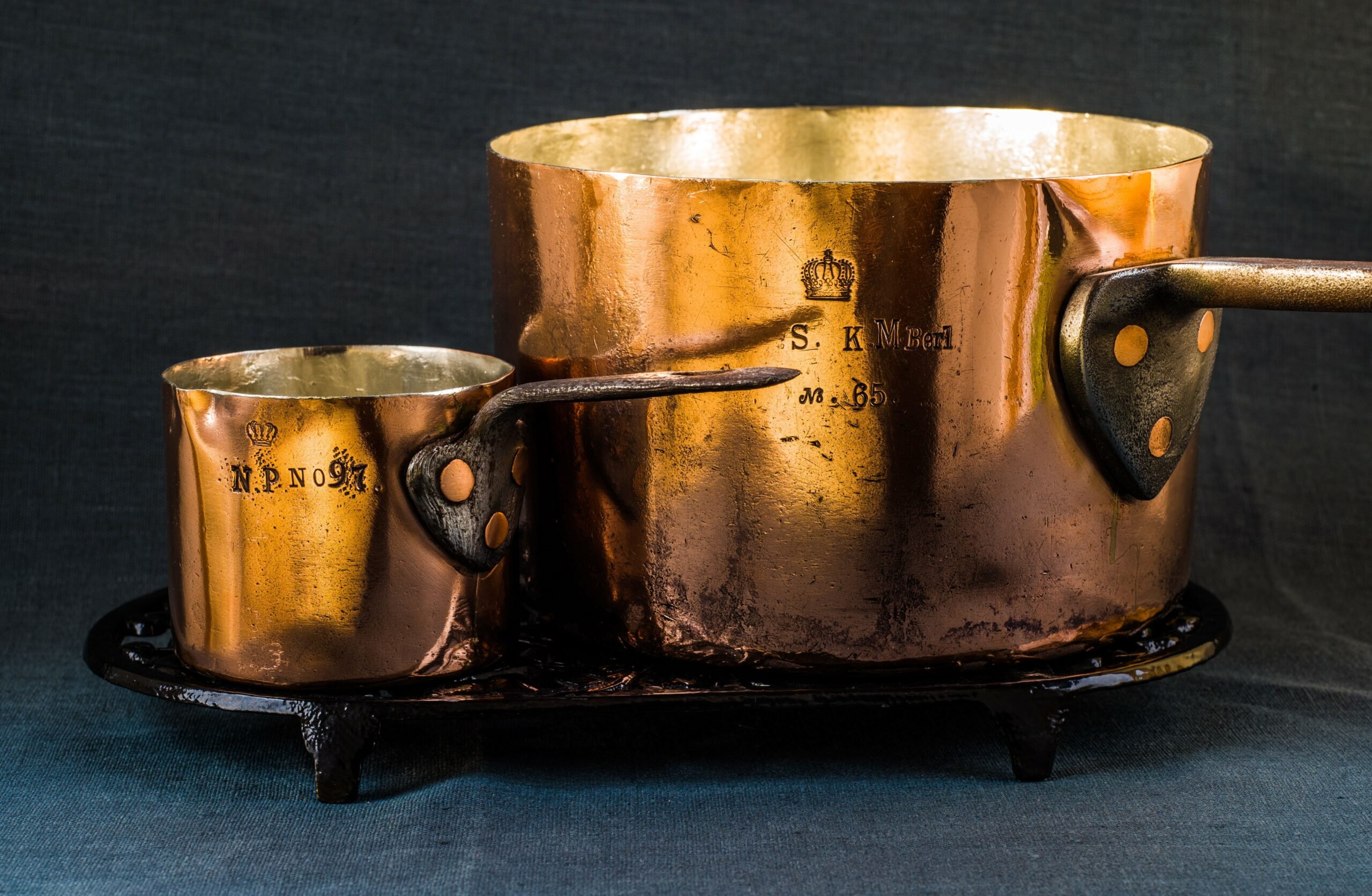Until you have spent some time online reading antique English cookbooks, my friend, you have not lived.
I think cookbooks are cultural documents. Wikipedia claims that the first recipes were captured on Mesopotamian tablets in 1700BC and the earliest known printed cookbook is Apicius, or De re coquinaria, a collection of Roman recipes from the first century AD. Interestingly to me, Apicius is written not in proper Latin but vulgate Latin — perhaps not intended as a work of literature for the ages but rather a regular document for regular people. And that’s what fascinates me about ancient cookbooks (and cookbooks in general): Unlike many other forms of cultural writing, cookbooks are intended to speak in the moment. I can hear the voice of the author very clearly not only in the words on the page but also in what is unwritten — what the writer assumed an average person would know how to do, and what needed to be explained in patient detail. In other words, cookbooks capture the common sense of the day like few other forms of writing can.

This website is about vintage copper and not about cooking, but I want to understand copper in historical context and that means that cooking as a cultural practice is relevant to me. This culture is captured in a type of cookbook that began to emerge in the 19th century that was not simply a collection of recipes (or “receipts” as they were called) but also a compendium of housekeeping advice. A housekeeper, whether lady of the house or hired servant, was expected to practice the noble virtue of economy while still creating healthful meals and needed to know how to equip the kitchen with pots and pans to achieve that balance.
It’s in these passages that I find descriptions and drawings of pots and pans, and that’s where cooking culture and copper collecting come together for me. Ever wondered what a certain odd-shaped piece was for? Chances are it’s explained in an old cookbook. The diagrams also show subtle design elements that help me estimate the age and provenance of pieces — for example, English-style knobs and handles versus French. I’ve chosen to pull excerpts from three of them — two from the same author — with descriptions and drawings that I find particularly charming and helpful.
I’m indebted to reader Roger W., who inspired this post and provided photographs of pages of old English cookbooks from his collection. If you’d like to read more, there are many that have been scanned and made available online for free; check Savoring the Past and its compilation of links to online-readable 18th and early 19th Century Cookbooks, as well as Historic Cookbooks: 1800-Civil War with more links.
Mrs. Beeton’s Book of Household Management (1861)
This is one of the best-known and most beloved English cookbooks. Isabella Beeton began writing the chapters in installments for her husband’s magazine in 1859, and the installments were gathered together and published in a single volume in 1861. Though Isabella passed away a mere four years later in 1865, the book continued through many revisions and has remained continuously in print to the present day. (Isabella Beeton is an interesting character in her own right — 21 years old when she married, 23 when she began writing, 25 when her best-selling book was published, and 28 when she was felled by her husband’s apparently undiagnosed syphilis. That’s what I call burying the lede.)
The images below are excerpts from the first chapter of original 1861 edition.







Mrs. Beeton’s 1907 edition provides current prices of a range of pieces in copper, steel, and cast iron. Note that copper pans can be “best quality” or “second quality,” and my guess is that this refers to thickness — the same distinction the French draw between fort and service à table. According to the list below, best quality copper was about twice as expensive as steel and three to four times as expensive as cast iron.

The English Cookery Book (1867)
As far as I can tell, this book is a spin-off of the original Mrs. Beeton’s, also published under Isabella’s name after her death in 1865. I have chosen to include it here because it also has a chapter on “Arrangement and Economy of the Kitchen” with more detailed descriptions and depictions of cookware. You can find the rest of this book in Google Books.












Warne’s Model Cookery and Housekeeping Book (1868)
Reader Roger W. brought this book to my attention, and it has a marvelous section on how to equip a modern kitchen as of 1868. Warne’s was a publisher of various instructional guidebooks, and this one on cooking was edited by Mary Jewry. The grabs below are from the 1871 edition, supplemented with Roger’s own photographs of the color plates from his edition.









Reader Roger W. has a copy of his own and was kind enough to photograph a few of the colored plates.





As above, I encourage you to browse the digitized cookbooks on Google Books and other online resources. 18th and early 19th Century Cookbooks and Historic Cookbooks: 1800-Civil War are good places to start, and once you’re in the Google Books universe you can start poking around for more. I’m so glad these books are being preserved — I feel like it does not replace the originals, but encourages us to collect and preserve them.





